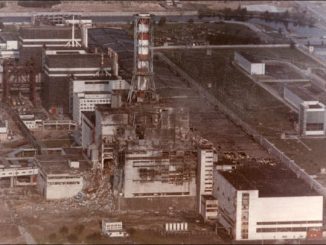On December 17, 2010 26-year-old street vendor Mohamed Bouazizi self-immolates in Sidi Bouzid, Tunisia. His dramatic action is considered the start of the Arab Spring, a period of pro-democracy uprisings that reverberated through North Africa and the Middle East.
Mohamed Bouazizi lived in the impoverished city of Sidi Bouzid, about 100 miles south of the capital Tunis. As the prices of commodities spiked across the world, Bouazizi found that rising prices made it difficult for him to afford food for his family with the money he earned selling produce in the center of town.










Be the first to comment